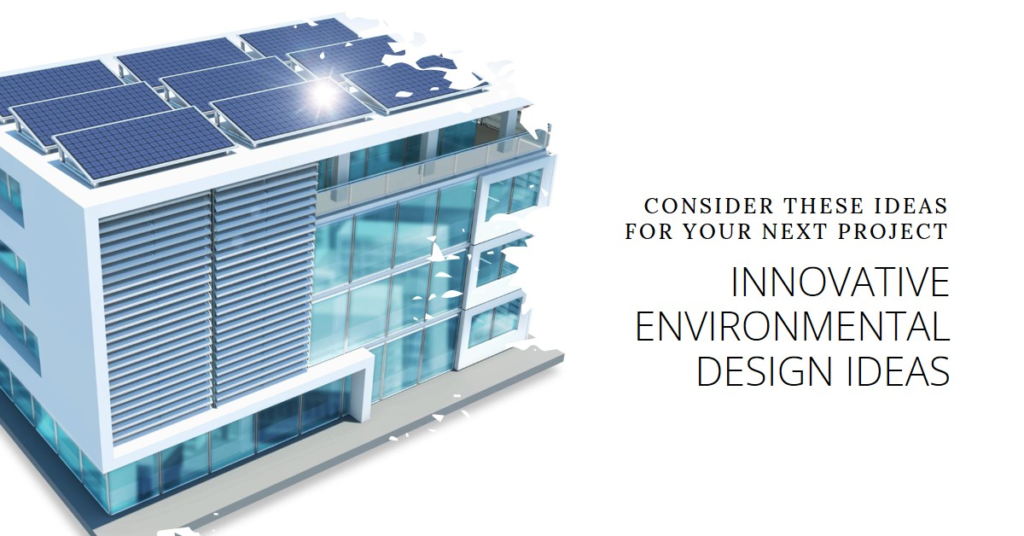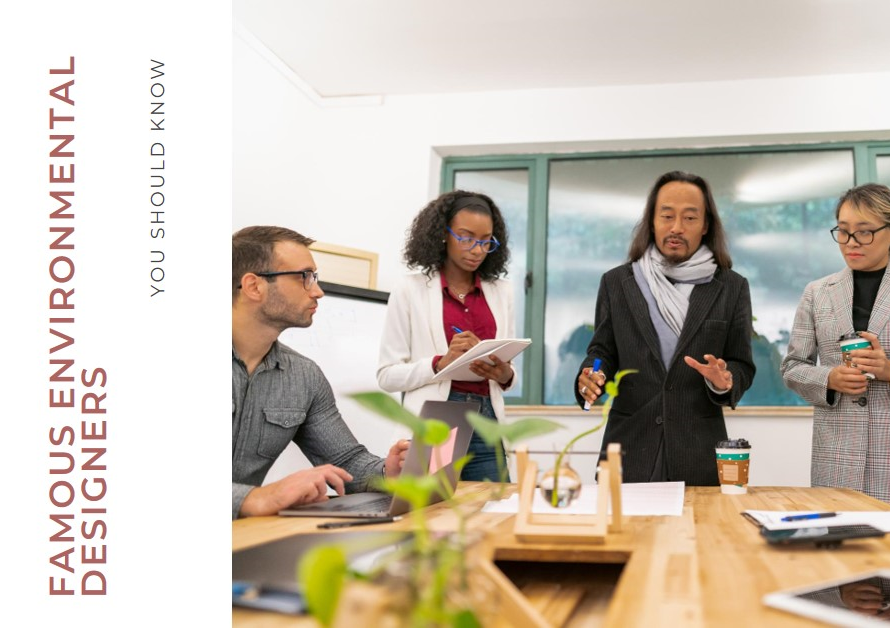
Table of Contents
- Introduction:
- The Green Renaissance: Freiburg, Germany
- Transit-Oriented Development: Curitiba, Brazil
- Urban Renewal: High Line Park, New York City, USA
- Pedestrian-Centric Design: Copenhagen, Denmark
- Mixed-Use Development: Vauban, Germany
- Resilient Infrastructure: Tokyo, Japan
- Smart City Initiatives: Singapore
- Waterfront Redevelopment: Sydney, Australia
- Inclusive Urban Design: Medellín, Colombia
- Conclusion: The Power of Urban Planning
Introduction:
Urban planning stands as a cornerstone in the architecture of functional, sustainable, and vibrant cities. By meticulously designing urban spaces, planners can address various challenges, from traffic congestion to environmental sustainability. This blog explores several real-world examples that highlight the profound impact of effective urban planning. Let’s delve into these instances and understand how thoughtful urban design can transform cities into thriving communities.
The Green Renaissance: Freiburg, Germany
Freiburg, Germany, often heralded as the “Green City,” exemplifies the power of urban planning in fostering sustainability. The city’s commitment to environmental stewardship is evident in its extensive use of renewable energy, particularly solar power. Urban planners in Freiburg have integrated green roofs, solar panels, and energy-efficient buildings into the cityscape, reducing its carbon footprint significantly.
Moreover, Freiburg’s focus on public transportation and cycling infrastructure reduces reliance on cars. The city boasts an extensive network of bike paths and an efficient tram system, encouraging residents to opt for eco-friendly modes of transport. These initiatives collectively create a sustainable urban environment that serves as a model for cities worldwide.
Transit-Oriented Development: Curitiba, Brazil
Curitiba, Brazil, offers a compelling case study in transit-oriented development (TOD). Urban planners here have prioritized public transportation, leading to the creation of one of the most efficient bus rapid transit (BRT) systems globally. The city’s BRT system is designed with dedicated lanes, ensuring swift and reliable transit services that rival the speed and convenience of subways.
This focus on public transit has not only reduced traffic congestion but also spurred economic development. The areas surrounding bus stations have flourished with businesses, housing, and public amenities, creating vibrant, mixed-use neighborhoods. Curitiba’s experience demonstrates how TOD can enhance urban mobility and stimulate economic growth.
Urban Renewal: High Line Park, New York City, USA
The High Line in New York City is a shining example of urban renewal and adaptive reuse. Originally an elevated freight rail line, it was transformed into a public park, showcasing the ingenuity of urban planners in repurposing obsolete infrastructure. The High Line’s design incorporates lush greenery, art installations, and seating areas, creating an urban oasis amidst the bustling city.
The park has become a major tourist attraction and a catalyst for revitalizing the surrounding neighborhoods. The High Line’s success underscores the potential of urban renewal projects to breathe new life into underutilized spaces, enhancing the urban experience for residents and visitors alike.
Pedestrian-Centric Design: Copenhagen, Denmark
Copenhagen, Denmark, is renowned for its pedestrian-centric urban design. The city’s planners have implemented numerous measures to prioritize walking and cycling, making it one of the most livable cities globally. Streets are designed with wide sidewalks, dedicated bike lanes, and traffic-calming features to ensure pedestrian safety and convenience.
Furthermore, public spaces in Copenhagen are thoughtfully designed to encourage social interaction and community engagement. Squares, parks, and waterfront areas are seamlessly integrated into the urban fabric, providing residents with accessible and enjoyable public spaces. This pedestrian-centric approach fosters a vibrant urban environment where people can live, work, and play.
Mixed-Use Development: Vauban, Germany
Vauban, a district in Freiburg, Germany, exemplifies the benefits of mixed-use development. Urban planners here have created a neighborhood where residential, commercial, and recreational spaces coexist harmoniously. This design reduces the need for long commutes, as residents can easily access amenities and services within their vicinity.
The district also emphasizes sustainability, with energy-efficient buildings and abundant green spaces. Vauban’s success highlights the importance of mixed-use development in creating self-sufficient communities that enhance residents’ quality of life while minimizing environmental impact.
Resilient Infrastructure: Tokyo, Japan
Tokyo, Japan, provides a remarkable example of resilient urban infrastructure. Given the city’s susceptibility to earthquakes, urban planners have prioritized the development of earthquake-resistant buildings and infrastructure. Tokyo’s skyscrapers and public buildings are equipped with advanced seismic technologies, ensuring their stability during tremors.
Moreover, the city’s disaster preparedness extends to its public spaces and transportation systems. Emergency evacuation routes, public awareness campaigns, and robust infrastructure contribute to Tokyo’s resilience in the face of natural disasters. This focus on resilience is crucial for safeguarding urban populations and maintaining city functionality during crises.


Smart City Initiatives: Singapore
Singapore’s smart city initiatives showcase the future of urban planning. The city-state has embraced technology to enhance urban living through intelligent infrastructure and data-driven decision-making. From smart traffic management systems to automated waste collection, Singapore’s urban planning leverages technology to improve efficiency and sustainability.
Additionally, Singapore’s housing policies ensure affordable and high-quality housing for all residents. By integrating smart technology with thoughtful urban design, Singapore sets a precedent for cities aspiring to become smart, sustainable, and inclusive.
Waterfront Redevelopment: Sydney, Australia
Sydney, Australia, offers a stellar example of waterfront redevelopment. The transformation of Darling Harbour from an industrial area to a vibrant cultural and entertainment precinct illustrates the impact of visionary urban planning. The redevelopment includes public spaces, museums, restaurants, and hotels, creating a dynamic urban destination.
This revitalization has boosted tourism and local economy while providing residents with a picturesque and enjoyable waterfront area. Sydney’s waterfront redevelopment highlights how strategic urban planning can rejuvenate neglected areas and contribute to the city’s cultural and economic vitality.
Inclusive Urban Design: Medellín, Colombia
Medellín, Colombia, has undergone a significant transformation through inclusive urban design. Once plagued by violence and inequality, the city has embraced urban planning as a tool for social inclusion. Projects such as the Metrocable, an aerial cable car system, have connected underserved neighborhoods to the city center, improving access to jobs and services.
Additionally, the development of public libraries, parks, and educational centers in marginalized areas has fostered community development and social cohesion. Medellín’s experience demonstrates how urban planning can address social inequalities and create inclusive urban environments that benefit all residents.
Conclusion: The Power of Urban Planning
These real-world examples underscore the transformative power of urban planning. From promoting sustainability and resilience to fostering economic growth and social inclusion, urban planning plays a crucial role in shaping cities that are functional, vibrant, and sustainable. By learning from these examples, cities worldwide can harness the potential of urban planning to create better futures for their residents. The success stories of Freiburg, Curitiba, New York City, Copenhagen, Vauban, Tokyo, Singapore, Sydney, and Medellin offer valuable insights and inspiration for urban planners and policymakers aiming to build cities that thrive in the face of contemporary challenges.


